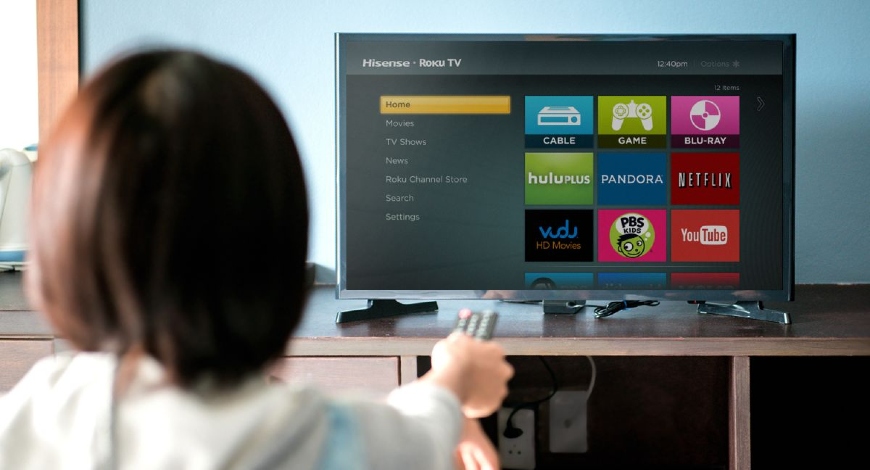Trends
Global smart TV household ownership to hit tipping point in 2026

The analyst found that sales of smart TVs grew by 7.4% in 2020 to reach 186 million units, accounting for 79% of all flat panel TVs sold. Sales growth over the past year was strongest in North America where government stimulus cheques have helped to drive an increase in spending on home entertainment products as consumers found themselves spending more time at home due to Covid-19 related restrictions.
Samsung was the leading smart TV manufacturer in terms of annual sales units for the ninth straight year in 2020 while TCL climbed above LG and into second place for the first time.
Inside the sets, the smart TV market was found to be continuing to coalesce around a handful of TV streaming platforms or operating systems. Samsung’s Tizen is the market leader with the study also highlighting major third-party software platforms such as Android TV and Roku TV OS making strong gains in recent years. The top four smart TV operating systems accounted for over half of all sales in 2020, up from 33% in 2015.
“Smart TV is a standard fit feature of most flat panel TVs sold today and so smart TV household penetration will inevitably continue to grow as consumers replace old sets with new modern smart-enabled versions,” said Strategy Analytics senior analyst, connected home devices Edouard Bouffenie commenting on the research.
“As smart functionality is no longer a point of differentiation but has become a check box necessity, smart TV manufacturers have had to make a choice between maintaining their own software and application ecosystems or licensing a software platform from a third-party partner. While many have decided to partner with the likes of Google’s Android TV and Roku in order to avoid the ongoing costs of maintaining their own platform, several brands including Samsung, Vizio and LG are going it alone and are looking to capitalize on the fast growing connected TV advertising business.”
Looking at growth in the market, the analyst also noted that smart TV usage was growing and was on a path towards becoming the preferred platform for accessing online video content. However, it cautioned that the current connected TV landscape in the home was “incredibly complex” and consumers may have multiple devices in multiple configurations to choose from, something the smart TV software firms needed to be aware of.
“Factor in different viewing habits amongst different members of the household and it’s clear that TV streaming platform providers face a significant challenge in driving engagement and ensuring that TV viewers remain on their platform and do not switch to another source,” added Strategy Analytics VP, media and intelligent home practice David Watkins. “Smart TV OS providers must look to influence the TV viewer’s journey through improved content discovery capabilities, advanced analytics and advertising platforms and the development of an intuitive and user-friendly UI.” Rapid TV News






You must be logged in to post a comment Login